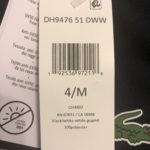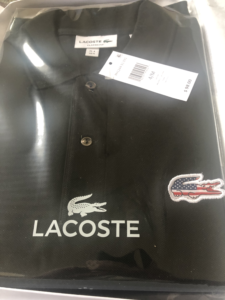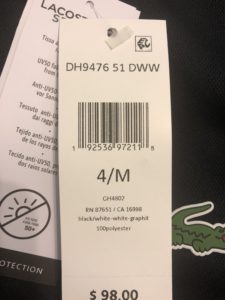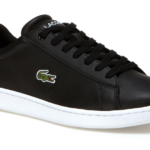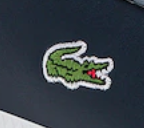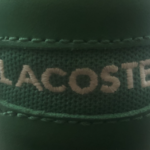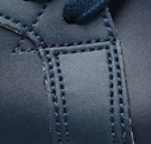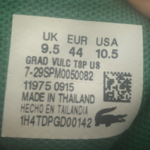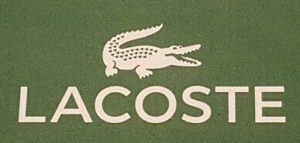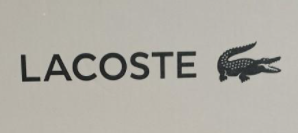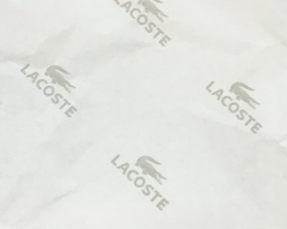After two decades of legal battles, the Supreme Court of the Philippines ruled in favor of Singapore-based Crocodile International, rejecting Lacoste’s claim that the Crocodile logo was too similar to its iconic right-facing crocodile emblem. Lacoste, a French fashion brand, had argued since 2004 that the similarities between the two logos, particularly the crocodile figure, would confuse consumers and harm its brand reputation. However, the court concluded that the logos were visually distinct enough to coexist without confusion, ending a prolonged dispute that highlighted trademark challenges in international markets.
The court’s decision emphasized key differences between the logos, including the fact that Crocodile International’s design features a left-facing crocodile and the word “Crocodile” in a stylized font, while Lacoste’s logo is simply a right-facing crocodile with no accompanying text. The ruling also cited the peaceful coexistence of both brands in several other countries, such as Japan, China, and South Korea, which further undermined Lacoste’s claims of potential confusion or trademark dilution. Additionally, the court noted the absence of any evidence showing that Crocodile had acted in bad faith or aimed to mislead consumers.
The Supreme Court’s decision marked the final chapter of a dispute that had passed through several lower courts, including the Intellectual Property Office (IPO) and the Court of Appeals. Both institutions had previously ruled in favor of Crocodile International, finding that the differences in design and branding strategies were sufficient to prevent consumer confusion. The ruling also underscored the court’s commitment to maintaining fair competition, stating that absent any fraud or misrepresentation, businesses like Crocodile should be allowed to enter the Philippine market freely.
As a result, Crocodile International can continue to use and register its logo in the Philippines, bringing an end to one of the fashion industry’s most notable trademark disputes. Both brands’ crocodiles will now coexist in the country, symbolizing the fine line between brand protection and market competition in global fashion.

